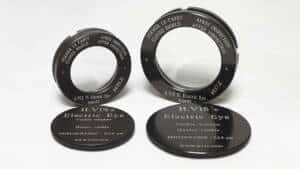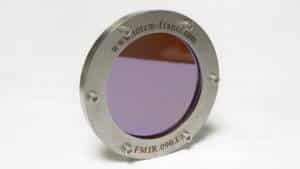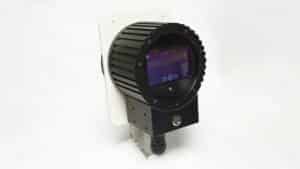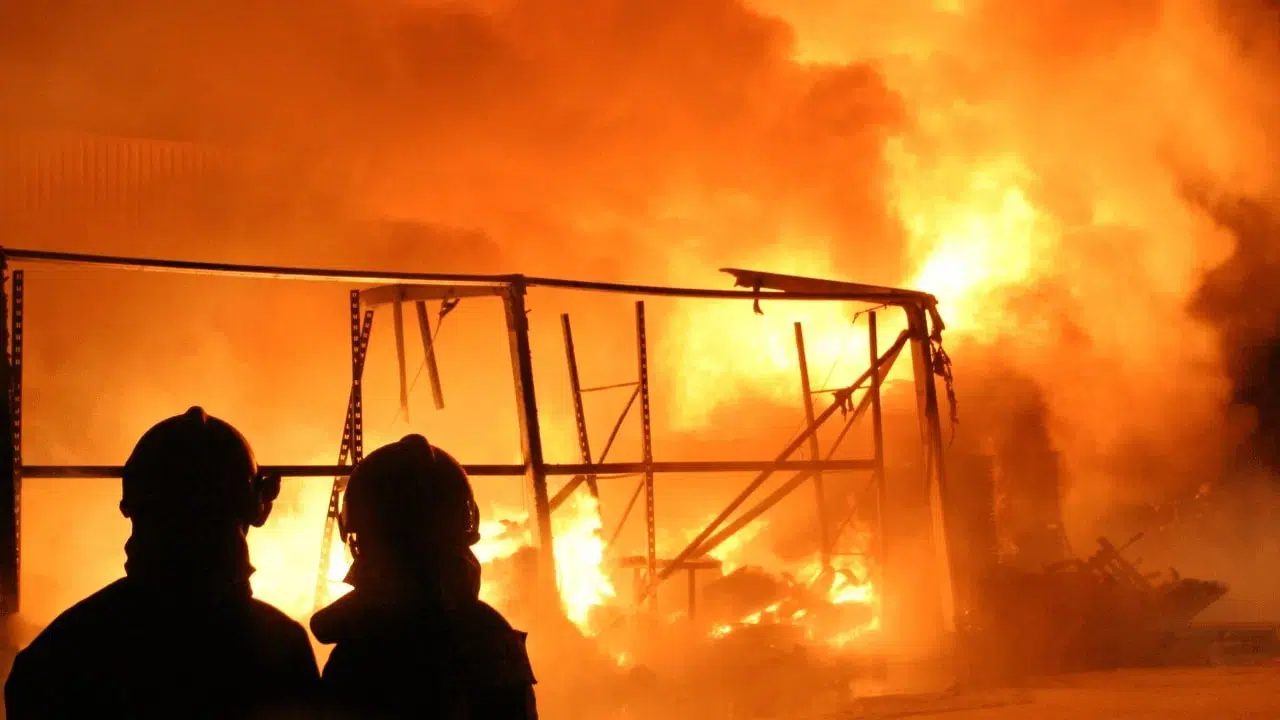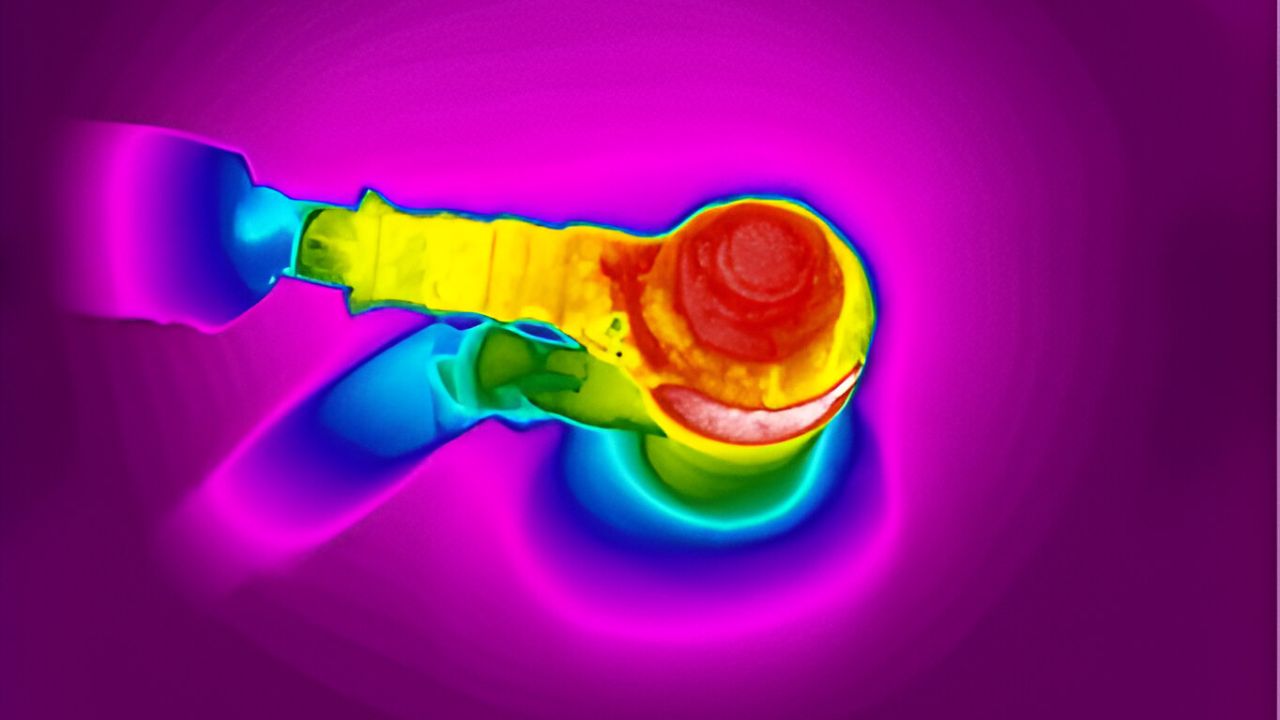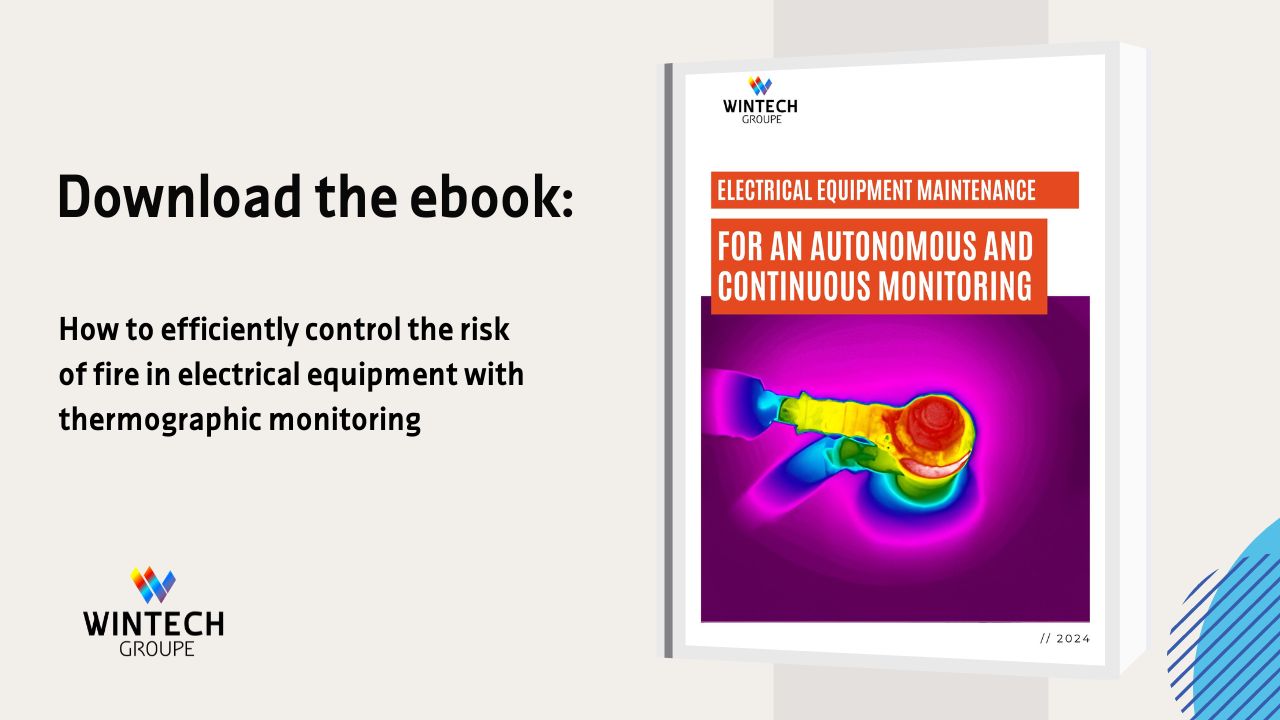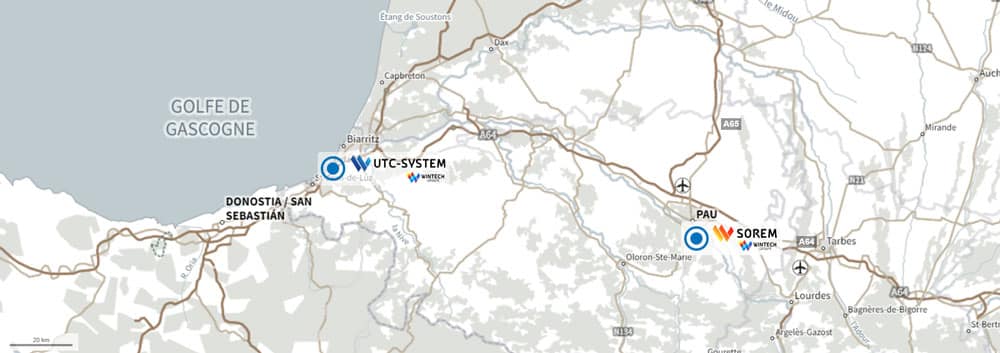Major causes of electrical fires in industry
As we saw in the previous chapter, industrial fires are an ever-present threat not only to the continued operation and success of businesses, but also to the safety and lives of employees and, in many cases, members of the public. We also saw that electrical faults and problems are behind 30% of the fire insurance claims made by businesses. But what are the main causes of electrical fires in industry? To find out, read on!
Electrical fire hazards
Business are exposed to many electrical fire hazards including, but definitely not limited to, overloaded or damaged wiring and power outlets, careless use of extension leads and static discharges. These hazards can, however, be identified by regular inspection and, in some cases, testing, which has no need to be disruptive. A simple visual inspection will, for example, quickly reveal damaged power outlets and cables.
Much more challenging is the detection of hidden hazards that occur behind closed doors within switchgear and distribution equipment and in the hidden compartments of transformers, yet these hazards are, if anything more serious than their easily detected counterparts, if only because they typically involve equipment working at high voltage and energy levels.
Electrical connections: the most serious cause of electrical fires
While overloaded cables and other conductors are without doubt fire hazards, the gross overloading needed to start a fire is unlikely to be sustained as fuses or circuit breakers will intervene to interrupt the current flow. Poor electrical connections are a much more common and much more serious fire hazard because they can generate large amounts of heat without significantly affecting the current flow, which means that fuses and circuit breakers provide no protection.
Examples of poor electrical connections include terminal blocks that have not been correctly tightened and bolted busbar joints that have worked loose over time. These problems can be found in many types of equipment, including switchgear, transformers and other distribution boards. Poor connections can also occur within equipment: for example, the main poles of a circuit breaker that hasn’t been well maintained may no longer meet with sufficient pressure to ensure good contact. Poor connections mean increased electrical resistance, which in turn means increased heating and, in the worst cases, fire.
Fire risks can develop over time, unnoticed
It’s important to keep in mind that poor connections can develop over time. All of the connections in a distribution board may well be good and tight, and all the circuit breakers working within specification when the board is put into service. Years or even just months later, however, connections may have worked loose because of the thermal cycling that inevitably occurs when they carry electric current, while mechanical devices like circuit breakers may have succumbed to wear and tear.
Even well-meaning maintenance efforts can lead to problems. If joints or terminals are overtightened, for example, this can degrade the materials involved, making connections worse rather than better. Because of this, maintenance should only be carried out where and when it’s needed. But how can this need be identified?
There is a solution, based on the simple fact that, in electrical systems, incipient faults that could lead to fire begin to generate excess heat long before ignition point is reached. Thermographic inspections can detect this heat and, as we shall see, it is now possible to conduct thermographic inspections safely while electrical equipment remains energised and in service. Wintech Groupe invites you to continue your reasearch on the reduction of industrial fire risks by reading our other articles on infrared technology.
As we saw in the previous chapter, industrial fires are an ever-present threat not only to the continued operation and success of businesses, but also to the safety and lives of employees and, in many cases, members of the public. We also saw that electrical faults and problems are behind 30% of the fire insurance claims made by businesses. But what are the main causes of electrical fires in industry? To find out, read on!
Electrical fire hazards
Business are exposed to many electrical fire hazards including, but definitely not limited to, overloaded or damaged wiring and power outlets, careless use of extension leads and static discharges. These hazards can, however, be identified by regular inspection and, in some cases, testing, which has no need to be disruptive. A simple visual inspection will, for example, quickly reveal damaged power outlets and cables.
Much more challenging is the detection of hidden hazards that occur behind closed doors within switchgear and distribution equipment and in the hidden compartments of transformers, yet these hazards are, if anything more serious than their easily detected counterparts, if only because they typically involve equipment working at high voltage and energy levels.
Electrical connections: the most serious cause of electrical fires
While overloaded cables and other conductors are without doubt fire hazards, the gross overloading needed to start a fire is unlikely to be sustained as fuses or circuit breakers will intervene to interrupt the current flow. Poor electrical connections are a much more common and much more serious fire hazard because they can generate large amounts of heat without significantly affecting the current flow, which means that fuses and circuit breakers provide no protection.
Examples of poor electrical connections include terminal blocks that have not been correctly tightened and bolted busbar joints that have worked loose over time. These problems can be found in many types of equipment, including switchgear, transformers and other distribution boards. Poor connections can also occur within equipment: for example, the main poles of a circuit breaker that hasn’t been well maintained may no longer meet with sufficient pressure to ensure good contact. Poor connections mean increased electrical resistance, which in turn means increased heating and, in the worst cases, fire.
Fire risks can develop over time, unnoticed
It’s important to keep in mind that poor connections can develop over time. All of the connections in a distribution board may well be good and tight, and all the circuit breakers working within specification when the board is put into service. Years or even just months later, however, connections may have worked loose because of the thermal cycling that inevitably occurs when they carry electric current, while mechanical devices like circuit breakers may have succumbed to wear and tear.
Even well-meaning maintenance efforts can lead to problems. If joints or terminals are overtightened, for example, this can degrade the materials involved, making connections worse rather than better. Because of this, maintenance should only be carried out where and when it’s needed. But how can this need be identified?
There is a solution, based on the simple fact that, in electrical systems, incipient faults that could lead to fire begin to generate excess heat long before ignition point is reached. Thermographic inspections can detect this heat and, as we shall see, it is now possible to conduct thermographic inspections safely while electrical equipment remains energised and in service. Wintech Groupe invites you to continue your reasearch on the reduction of industrial fire risks by reading our other articles on infrared technology.


